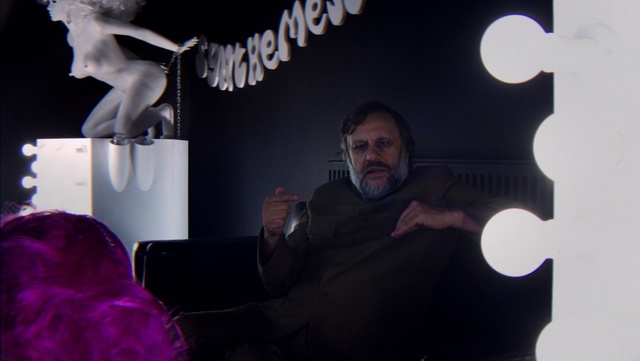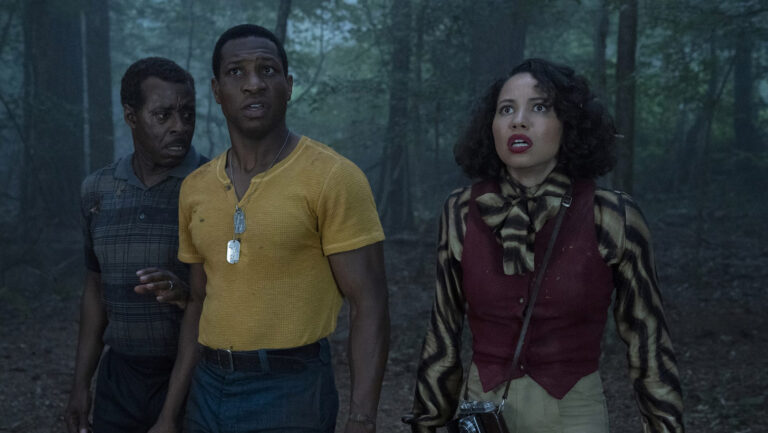Film Review: Hyperintellectual Cultural Critic Slavoj Zizek Deconstructs Movies In The Pervert’s Guide To Ideology
Hyperintellectual Lecture Playfully Tears Apart Movies From Within


Zizek addresses the droogs. Viddy well.


